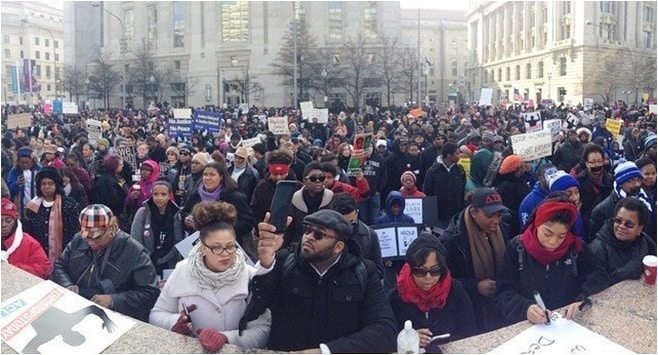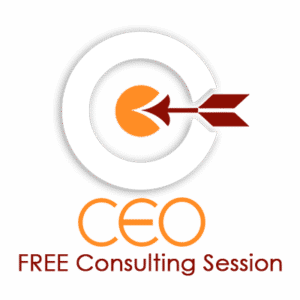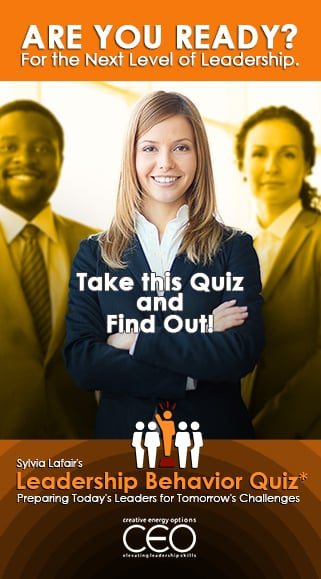
Charles sat down and wiped the perspiration from his forehead. He looked at the fifteen others in the room. He could not decide if he felt relieved or embarrassed.
That was it.
Finally, John broke the silence by saying quietly, “We are truly sorry. Thank you for your honesty and openness.â€
There was nothing more to say.
Above all, since he was a kid, Charles yearned for this moment.
In other words, all he wanted, all he ever wanted, was someone to say “I’m sorry.â€
In addition, now fifteen women and men would tell him they were sorry. They had never heard anyone talk so openly about their lives.
Further, this is a respected colleague talking, not a made for Netflix movie hero.
Moreover, they were hearing first hand, about all the barbs, taunts, and put-downs as well as his high level triumphs.
Most importantly, by the end of his presentation, one by one, his teammates looked directly at him. In clear voices, with compassion and renewed understanding, they expressed their sadness. Each one said the words he hoped to hear, “I am sorry.”
Leadership in business is about more than work
To clarify, Charles had just finished telling the story of his life, as part of his off-site leadership program.
That is to say, this was not a random discussion. This model of storytelling follows a clear and structured path. The name, Sankofa Mapping, a life map method.
Each participant would have the same opportunity. Sankofa Mapping takes the long view of what constitutes successful leadership.
Outdated habitual patterns can limit success.
Most importantly, this vital part of Total Leadership Connections Program, is to break habitual patterns. Often outdated, ingrained behavior patterns get in the way of long-term success.
However, while Charles did this required exercise, he remained skeptical.
That is, till he finished his presentation.
It was then he was finally able to see himself from a clearer lens. Before that, he saw this process as a waste of time.
What changed his mind?
The future of leadership requires new techniques.
The evolving workplace requires new ways of developing leaders.
For example, changes in society, technology, relationships, diversity, and the economy mean doing something more inclusive. There is a desire to access more effective methods to create harmony, inclusion, and engagement at work.
The Sankofa Map is a powerful process that helps leaders become more aware of themselves and each other. It offers a deeper understanding of why people behave the way they do at work. As well as ways to turn negative situations around.
It helps explain issues like gossip, favoritism, micro-inequities, procrastination, bullying, and one-upmanship.
And it starts with story. Yes, each of us has a story to tell.
As Howard Gardner, developmental psychologist at Harvard Graduate School of Education said:
Stories are the single most powerful tool in a leader’s toolkit.
To clarify, this specific session of the leadership program, helps leaders learn to communicate and collaborate more effectively.
They learn what to listen for and how to respond appropriately.
Self-awareness means being more open and honest when discussing difficult subjects with direct reports, co-workers, and bosses.
Therefore, Charles, who loves to please, did what he does best. He followed the rules. However,not knowing the end game, he initially felt angry and agitated.
Self-awareness is vital for modern leaders.
Moreover, he wondered as he put this personal map together if it was a waste of time or really mattered.
After all, so many he would mention were dead and buried, from different eras, part of a long-ago history. Until now, they had been merely names without meaning to him.
He couldn’t, for the life of him, figure out what the heck this process had to do with leadership anyway.
He preferred spread sheets, quick yes or no tests, and focus on strengths. This was not that.
Similarly, he would mutter to himself, “I am a busy man. I’m a numbers guy and I need to get back to my team. Can’t we just talk about what new skills I need and get on with it?”
In any case, since he had agreed to do this program, he would see it through.
The soft skills as not so soft after all.
On the other hand, he spent his life avoiding uncharted territory. That is what this initially felt like.
Above all, he did not want to be judged.
He was the only person of color in the room. He had vowed to keep most of what he learned to himself. It was, he thought, none of their damned business anyway.
In other words, he decided to keep it short and simple. No emotion. Just the basic facts and then sit down.
That was how he navigated life. Better to be safe than sorry.
As a result, he felt he could keep it short. The process would not impact him and he would go back to ‘business as usual.’
Making the invisible visible
However, when he stood in front of the flip chart and started to talk, it all poured out.
Why?
His curiosity took charge.
Above all, there had never been a time in his life where he discussed his relatives. Especially his connection to slavery.
It had always been better to forget, to ignore, to pretend than peel away the shame and sadness. The past, his mother said when he asked provocative questions, was over. Live now. Look to the future.
The word Sankofa, he once explained to her, means “Clear the past to free the future. His mother had shrugged and said, “Nonsense.”
And yet, he felt haunted by an underlying old fear. He sensed a distant drum beat of “what if†that cast a shadow over his life.
Consequently, as he developed his Sankofa Map, he would murmur to himself “What if what?”
This damn map of his history made him lose sleep. He became irritable.
Meanwhile, Charles worked hard to stay in the present. He would constantly tell himself that the past is over and cannot impact him.
Yet, his body and emotions told him differently.
Find the missing puzzle pieces of life
Certainly, he would be fine without knowing more about his past. He definitely agreed with his mother.
After all, he is now a well-respected CFO of a great tech firm. He always smiles with joy, thinking about his wife and teenage daughters. In addition, there are wonderful friends, a lovely home, and fun vacations.
He does not want anything.
He is, by all accounts, a true vision of the American Dream.
Connecting the dots
On the other hand, he initially felt confused, as he stood in front of this group of diverse people. Why he wondered later, did he become so emotional when he told the story of what happened in sixth grade? It was so long ago.
The story: One day, when the afternoon bell rang, his teacher called him to stay. She then said trade school was his best option. College was too big a stretch. She advised him to stop the dream and be realistic.
As a result, he went home and told his mother. She was furious. Eventually, they learned that the kindly teacher told the same thing to all the other dark-skinned kids in the class.
“Why” Charles wondered, “Why did that anger of 33 years ago boil over? What exactly sent him to the verge of tears?”
He had spent much of his life ignoring the pain of being black. He hated to hear the “Black Lives Matter†bullshit, as he called it. Being black, for Charles was just one more hurdle to jump, and jump, and jump.
Until now, those from very long ago were not interesting. He never did a deep dive to see his relatives’ courage, pain, joy, despair, agony, and ecstasy.
Most of us don’t make our ancestors into living, breathing human beings. They stay amorphous ghosts. Ancestors, they die but they don’t.
Somehow, they remain in dark, mysterious corners. They remind us, the past is never, really the past. They call out. “There is work to do.”
Is everything connected? Or not?
The plot thickens.
The night before his presentation the news blared yet another mindless shooting.
Or was it?
He turned off the news. The mantra was sickeningly familiar, “Guns don’t kill people, people do.â€
“Thank you NRA for your great marketing†he mumbled to himself. Blue people, the police killing black people. Black people killing blue people. White people hiding behind the curtains in their homes hoping to “NOT SEE.†(say this fast and shudder).
The courage to change
He started his presentation with a rant about the news.
After that, he said later, for some unknown reason, he jumped with both feet into the story of his family.
He sat down after his Sankofa Map presentation and felt empty and full at the same time.
Everyone grew by both hearing the life stories of others and sharing their own. They were more self-aware and also more compassionate.
The facilitator ended the session with these words from noted Swiss Psychiatrist and Philosopher Carl Jung:
“I became aware of the fateful links between me and my ancestors. I felt very strongly that I am under the influence of things or questions which were left incomplete and unanswered by my parents and grandparents and more distant ancestors. It often seems as if there were impersonal karma within a family, which is passed on from parents to children. It has always seemed to me that I had to answer questions which fate had posed to my forefathers, and which had not yet been answered, or as if I had to complete, or perhaps continue, things which previous ages had left unfinished.â€
Charles wiped the perspiration from his forehead. He understood leadership from a new vantage point. He looked around said to no one and everyone “I have work to do.â€
In conclusion, today’s leadership programs should have personal benefits. This includes better communication and conflict resolution skills. Also important is a route to finding a greater purpose, less stress, more energy, and higher satisfaction.
To sum up, of course, business results are equally important. That includes more open and honest engagement, a clearer focus on results, better employee retention, higher creativity, and more productivity.
The new normal means business. It is about life, and includes home, work, and community.


